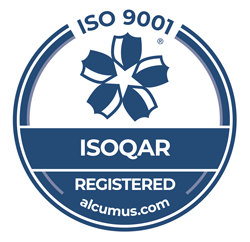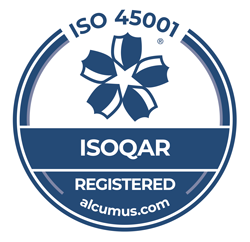Whether designing for a new build or upgrading an existing space, the results of an interior fit-out will be around for many years – therefore longevity of design and efficiency of surroundings is paramount, particularly if we’re going to achieve a net zero future.
Of course, it should go without saying that not everything used in a refurbishment needs to be brand-new. Consider transformation of old industrial mills, warehouses, and places of engineering – these are springing up as trendy multi-use sites, with original features reintroduced in a new way which adds character.
Yet, when making use of the old, it’s important not to forgo innovation – so here are five things to ask yourself when working on an interior design project, to keep your sustainability focus on track.
1. What can I learn from others?
Statistics show that buildings generate almost 40% of the world’s CO2 emissions, meaning sustainability in design, build, and beyond needs to become a standard part of our industry – rather than simply a nice ‘to have’.
We can learn a lot from our peers, and a great place to start is by following the winners of the 2021 COTE Top Ten Awards. Decided by the American Institute of Architects, this shortlist of 10 projects exemplifies the integration of design excellence and environmental performance – and aims to lead by example.

2. What sustainability certifications do my buildings need?
It’s important too, to remember that not all projects need to seek LEED or BREAM certifications. As experts in their respective fields, architects and builders should have conversations with clients around getting the necessary credentials for their building. But above all else, the key is ensuring the right processes and design thinking is in place from the very early stages.
3. Does my project need to prioritise sustainability?
Linked to the above, sustainability goes far beyond choosing a recycled materials, or a courier which uses electric vehicles. We’re aiming to create a functional space which meets the physical and wellbeing needs of those who occupy it – whether that’s by making the most of materials already available, going back to the drawing board to introduce more natural light, or knocking down walls to create open spaces dedicated to quiet thought or socialising.

4. How do I educate clients around the need for sustainability in design?
Although the client, landlord, or end-user may not have sustainability at the very top of their ‘project wish list’ – and may even be doing other things to offset their carbon emissions – we have a responsibility to educate everyone we possibly can around the opportunities available when it comes to sustainability throughout the lifecycle of the building, from design through to decommissioning.
5. Do buildings affect our wellbeing?
Finally, let’s not forget how much bricks and mortar can affect humans. While there’s naturally a desire to design solutions which are efficient in terms of energy and the materials used, it’s crucial too to consider the people using the space – and their wellbeing. The WELL certification, for example, is a great place to start when it comes to considering the human results of design – as well as aesthetic and environmental ones.
To find out more about our sustainability credentials, get in touch with one of the team today.
careers@agilitesolutions.com
FR +33 (0) 1 88 61 81 31
UK +44 (0) 7500 221 075
IT +39 (0) 350 9646921
LUX +352 (0) 621 66 84 64



"*" indicates required fields